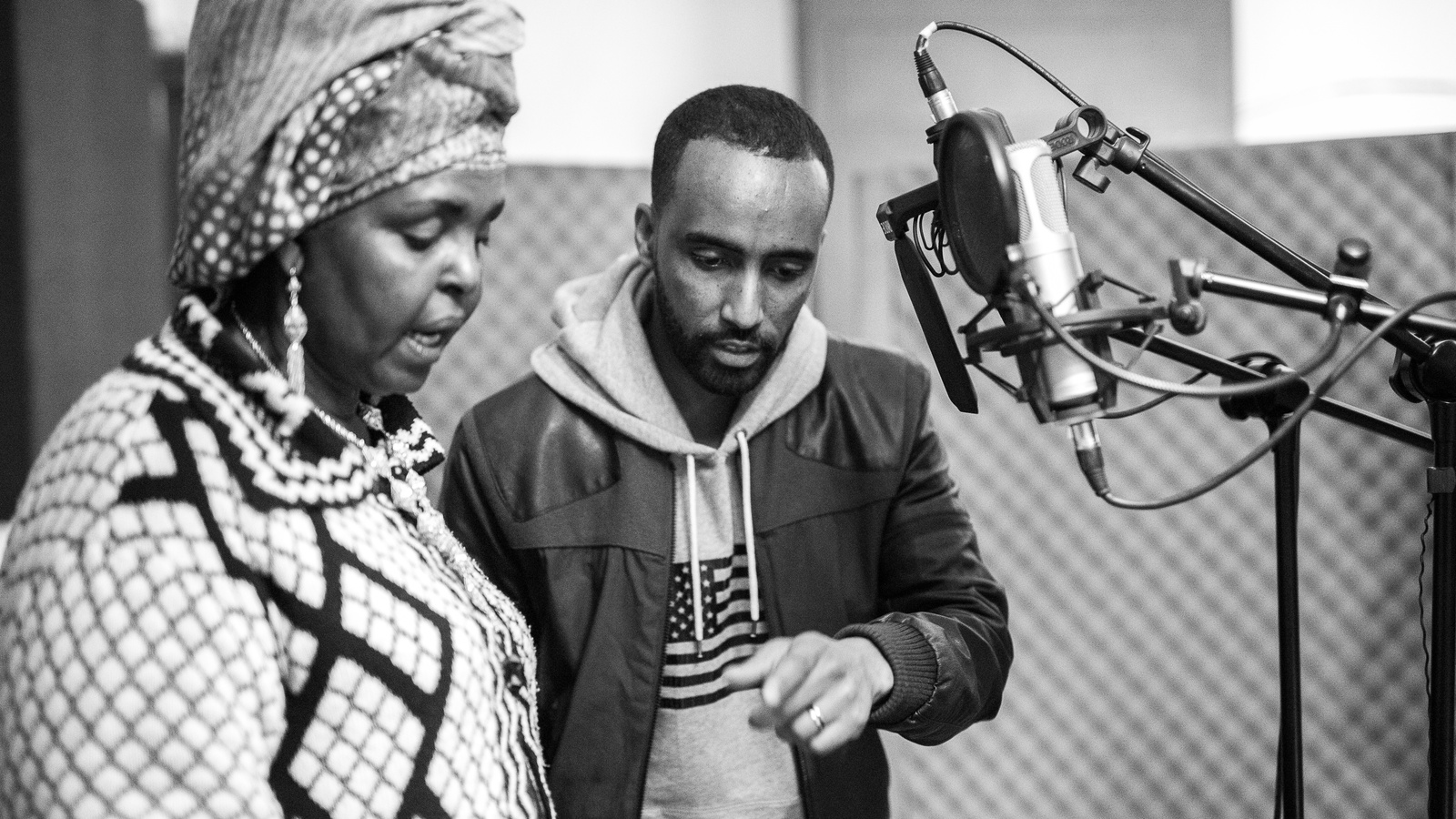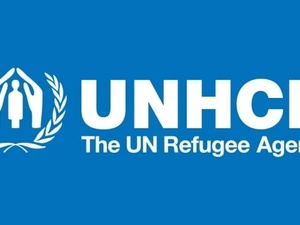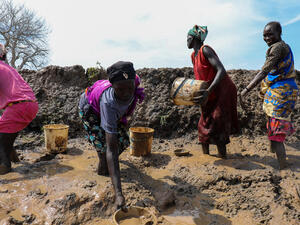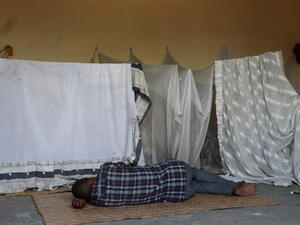Insecurity in Yemen threatens incoming refugees and migrants
Insecurity in Yemen threatens incoming refugees and migrants
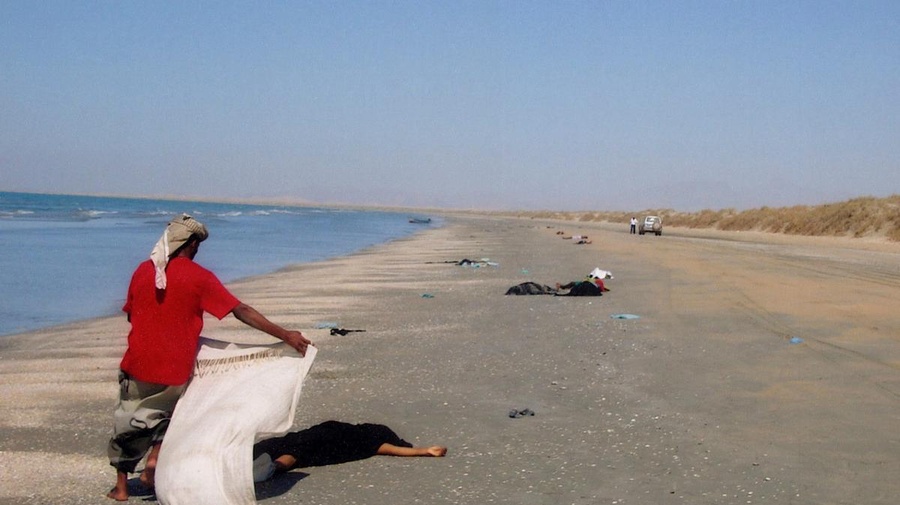
The bodies of Somalis, Ethiopians and Sudanese washed up on the beaches of Belhaf, Yemen, in this 2006 file photo.
SANA’A, Yemen – Mention to someone the words “Yemen” and “refugees” and they will certainly have in mind people fleeing the war-torn state. Yemen is a country that has been ravaged by fighting since 2015, and the situation there has only worsened as third parties have contributed to that civil war.
So it is perhaps surprising that while thousands of people are indeed fleeing Yemen to the Horn of Africa (some 87,000 last year), more people still are going the other direction, with more than 117,000 reckoned to have travelled across the Gulf of Aden and Red Sea into this place of insecurity last year alone.
Since 2013, nearly 290,000 refugees and migrants have landed on the Yemeni coast. Nearly 80 per cent of these were Ethiopians, and most of the rest Somalis. Most journey to Yemen in the hope of using it as a transit point, while others look to stay in Yemen, often unaware of the dangers.
“We must not allow unscrupulous smugglers and traffickers to lure people into risks and dangers where they hope to find protection.”
The most recent figures represent a steady increase in irregular movements from Africa to Yemen – up from 65,000 in 2013, 91,600 in 2014 and 92,500 in 2015 respectively. And this notwithstanding a worsening environment in Yemen, where a full-scale war has been ongoing since 2015.
UNHCR, the UN Refugee Agency, launched a campaign today to raise awareness of the dangers faced by those crossing to and through Yemen. These range from death at sea to assault, extortion and abuse by criminal networks, as well as the hazards stemming from the war in Yemen itself, which has made fully four-fifths of the population dependent on humanitarian aid.
UNHCR kicked off the campaign with the help of prominent musicians from the region – led by singing star and former refugee Maryam Mursal – who created a song and video titled "Dangerous Crossings" – with key messages to make people think very carefully before deciding to cross to Yemen.
“We want to empower refugees to take informed decisions about their future,” says Volker Türk, UNHCR's Assistant High Commissioner for Protection. “Those who decide to flee need to know which dangers lie ahead. We must not allow unscrupulous smugglers and traffickers to lure people into risks and dangers where they hope to find protection.”
UNHCR has received reports of physical and sexual abuse, deprivation of food and water, abduction, extortion, torture and forced labour by smugglers and criminal networks. There has also been an increase in arrests, detention and forced returns.
Women – who account for roughly a third of the refugees and migrants from Somalia and 13 per cent of those from Ethiopia – are particularly at risk, as they may be targets of sexual violence and at risk of being trafficked. Figures from partner agencies monitoring the Yemeni shoreline suggest that around a quarter of those travelling to Yemen are children.
Smugglers frequently cast passengers out to sea short of the coast. A total of 446 people were reckoned to have been killed or gone missing over the previous three years out of the thousands of refugees and migrants making the journey. It is only reasonable to suppose these figures understate the actual number of deaths, since it is difficult for UNHCR and its partners to operate in what is a war zone.
"They injured me so badly and I couldn’t even get any medical treatment… I am sick, hungry and miserable here.”
“There is nothing here for me and life is very dangerous,” says an Ethiopian woman who made the trip. “I was beaten up badly last month by other people who were looking for money and they accused me of stealing. They injured me so badly and I couldn’t even get any medical treatment. I just had to wait for the wounds to heal by themselves and they still haven’t healed. I am sick, hungry and miserable here.”
The core of the problem is that it is very difficult to provide assistance to those who need it in a place that is as dangerous as Yemen. For while the central mandate of UNHCR is to protect refugees, “safety” is a misnomer within a country at war. The operational capacity of the agency is severely limited by the lack of security, both for its personnel and partners and for those whom it would want to help.
Almost 19 million people are in need of humanitarian assistance. The difficulty of establishing safety nets for refugees and migrants within an environment that is so insecure is part of the reason that UNHCR has for a long time warned of the dangers of people voyaging to Yemen.
Reports suggest that while the journey may cost somewhere between US$300 and US$500, the reality is that people on the move stand to lose much more from extortion, with stories abounding of refugees and migrants being kidnapped and ransoms demanded of their families.
It is clear that a great number of those who undertake the journey to Yemen are not aware of the dangers they face. Smuggling networks downplay the perils and threats that people moving irregularly face and those who survive the ordeal frequently fail to feed back home the full picture of what they went through. UNHCR is committed to encouraging greater awareness of these risks.


